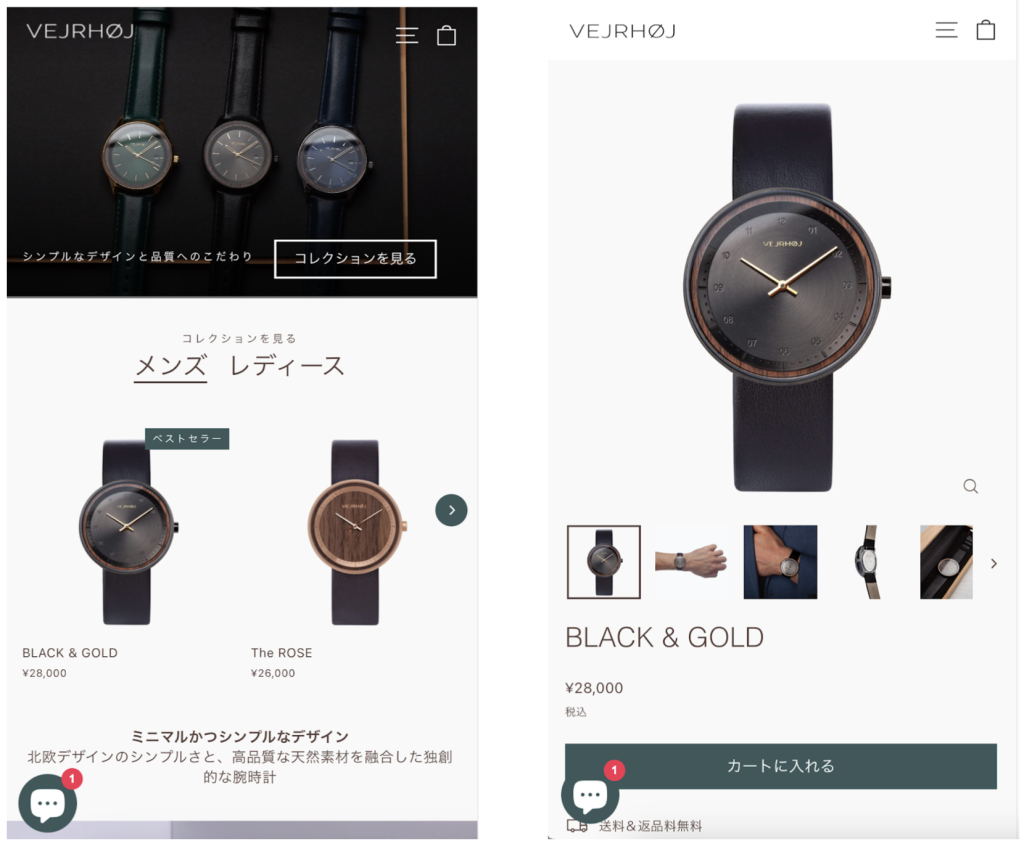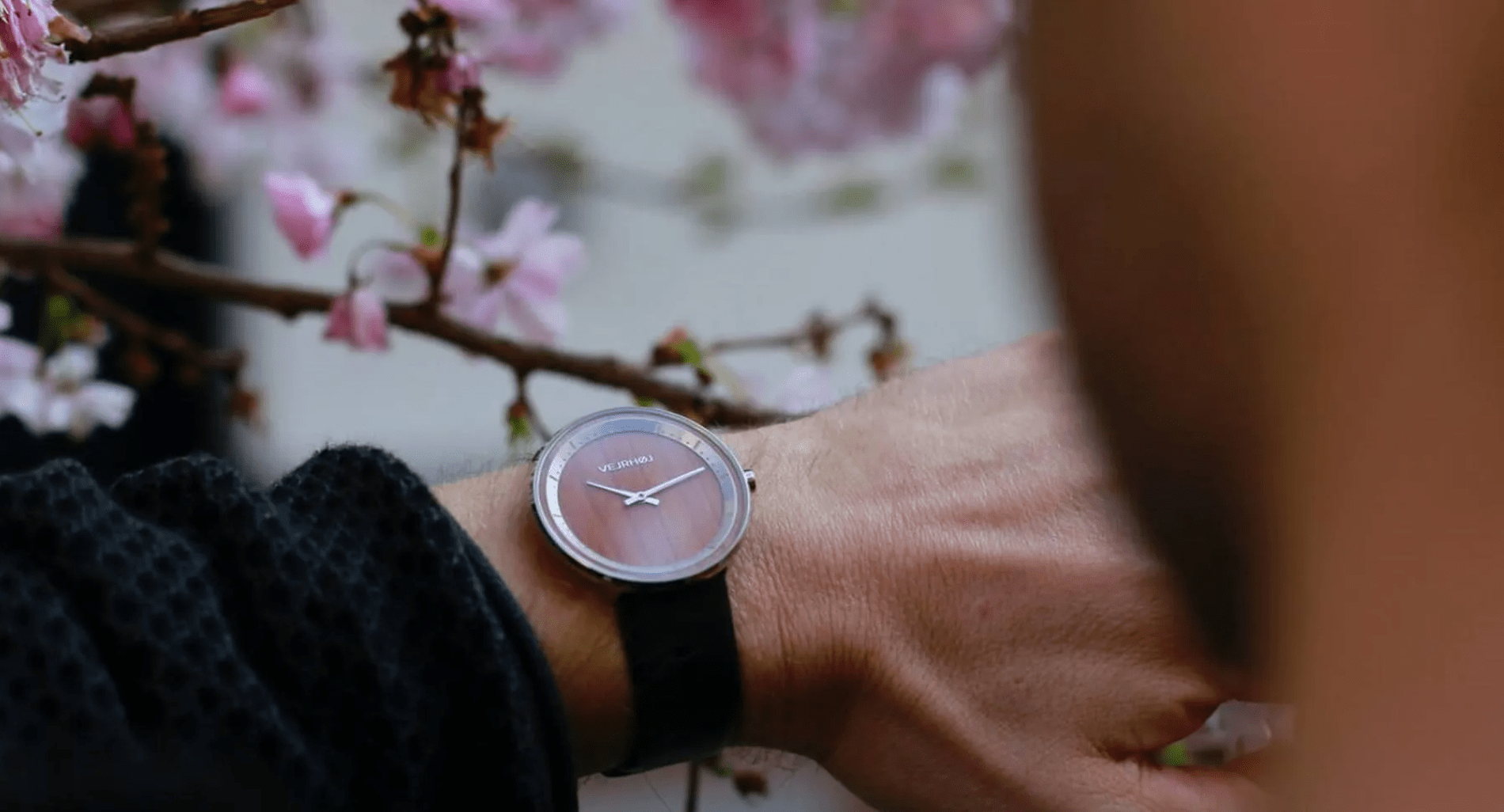Despite there being half a globe between Japan and Denmark, the Copenhagen-based watch brand VEJRHØJ, has claimed a solid footing within this country of iconic simplicity, elegance and function. Conducting business in Japan differs from doing business in Western countries. Keeping respective differences in mind can profit you when entering the Japanese market.
E-Commerce in Japan
CEO of VEJRHØJ, Janus Aarup, has several years of experience with the Japanese e-commerce market. Reflecting that there are a few major differences compared to doing e-commerce in Europe.
“Japanese consumers expect more information about the products that they are buying. They want detailed product descriptions, information on the shipping processes, packaging, repair guides and so on. In Denmark, the general online consumer is not as interested in the finer details before completing their purchase.”
Japanese website design primarily features a lot of information. There are a multitude of colors and graphical content. Danish website design is much more simplistic in color palette and condensed in content.

To keep true to their brand identity but adapting to the local market, VEJRHØJ has chosen to keep their simplistic web design, but add several drop-down features, as well as inserting more information on their Japanese web shop. By doing this, Japanese customers can access the necessary information – without it being too visually intrusive.
Cash for Online Purchases- Konbini
VEJRHØJ offers local payment options to accommodate the local customer’s behavior and needs. Japanese consumers expect the possibility of paying for their online orders with cash. Janus elaborates:
“Early in the process we decided to try out Konbini payments, because Japan is a cash-based society. Some customers actually don’t have a credit card. Today, a part of our sales are paid with the Konbini method, which was quite surprising to us.”
Konbini payment is a way to pay for goods online using cash. Essentially, you order a product online and receive an authentication number. In order to finalize the payment, customers must visit a Konbini (Convenience store; such as 7-Eleven, Lawson or Family Mart), and pay for their pending online order with analog cash. They complete the payment in a machine that looks like a regular ATM-machine.
A Shared Love for Wood and Simplicity
Janus’ fascination with Japan began in 2017, where he visited the country in the spring season. A stroll through the urban landscape colored pink by the falling cherry blossoms, inspired Janus to incorporate cherry wood into VEJRHØJ’s watches.
“The Japanese customers expect high quality products and they are in some ways hard to impress. There can be no compromise with the craftsmanship of our watches”, Janus says. “But our top selling point comes from the Japanese and Danish shared love of wood and minimalistic design. We continue to receive feedback from our Japanese customers that they love the unique and simple design. We seem to have a great product market fit”
VEJRHØJS’s incorporation of wood into almost every model in their catalog. Paired with their quarterly donation to the Plant a tree-cause, this solidifies their connection to nature and the unique design that is trending with the Japanese consumers.
VEJRHØJ recently conducted a customer survey, shedding light on the Japanese customers’ increasing demand for a diverse selection of wooden watches. From ebony, cherry, bamboo and cedar wood, the Japanese market is eager to explore various wood options. Moreover, there is a particular preference for wood with a rich historical background.
Compared to other markets, the Japanese population as a whole exhibits a profound admiration for wood. This deep-seated love and fascination for wood are deeply ingrained in Japanese culture and design traditions, tracing back to ancient times when wood was perceived as a living entity, even after it had been harvested. Janus further elaborates, “Trees in Japan carry diverse symbolic meanings, each with its own unique stories and significance. Different types of wood hold distinct cultural value, adding to the overall appeal of wooden watches in Japan.”
The Importance of Language & Trust
Janus Aarup reflects on the importance of his company being able to offer Japanese customer support when selling in Japan.
“Some of our Japanese customers are worried when ordering from companies overseas, compared to buying from local brands,” he explains. “So we need to provide the Japanese customers with a bit more trust and social proof than local companies. We have done this by cooperating with local retailers and collaborating with Japanese Influencers. But, the main way we prove ourselves, is by taking care of our customers in their own language. Both on our web shop as well as in our customer support. It eases our customers and credits our trustworthiness.”
Detail oriented consumers with a low return rate
Japanese consumers have a reputation for being the most critical consumers in the world. And that might be true in some cases. “Japanese customers are, as mentioned, very detail oriented. Also when it comes to small details like the packaging or even a small sticker on the package that does not have anything to do with the actual product or the quality. If a sticker for some reason is slightly crooked it can affect their entire experience and how they view your brand.” Janus tells.
However, if you can deliver a product that satisfies the Japanese consumer’s sense of quality and detail, they are extremely loyal and pleasant customers. “Compared to European markets the return rate is very low in Japan. So in a way, the Japanese customers do their research before a purchase so they do not have to return your product. That is both good for your business and the environment”, Janus explains.
Furthermore, Japanese customers are much more willing to give you a very detailed product review when they receive the product compared to Danish customers. “This is both something we appreciate and enjoy reading but also something other potential customers really appreciate.” Janus says. The detailed reviews can be used for both product and business development as well as improving customer service.
Selling minimalistic design to Japan
The Japanese market is an interesting endeavor to undertake as a Western business. As long as businesses are aware that the same customer behavior doesn’t apply. It is a market with high demand for Nordic design and minimalistic products. “The Nordics and Japan share a common passion and love for natural materials, minimalist products and good craftsmanship. So even though countries like Japan are a bit far away geographically, we actually share a lot of common design values”, Janus says. “In Japan they enjoy keeping life simple and uncluttered by living in a minimalistic way with just the essentials. It can be seen in many different facets of everyday life, from their architecture to fashion and design. That’s probably why there is a demand for minimalistic Nordic products in Japan.”
Denmark and Japan also have a free trade agreement that makes it very easy for Danish companies to send goods to Japan, and the other way around.
* * *
Follow VEJRHØJ on Instagram on their international account or on their Japanese account. And visit their international website or their Japanese website.










